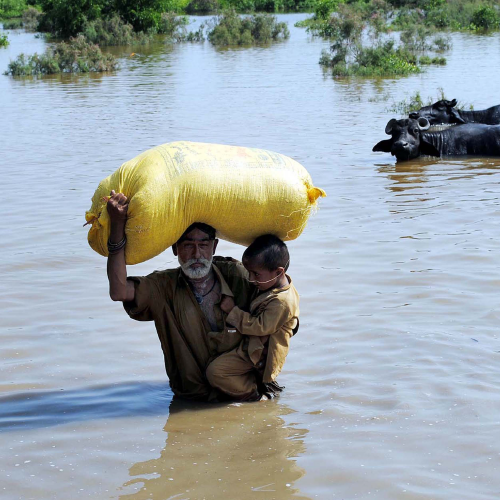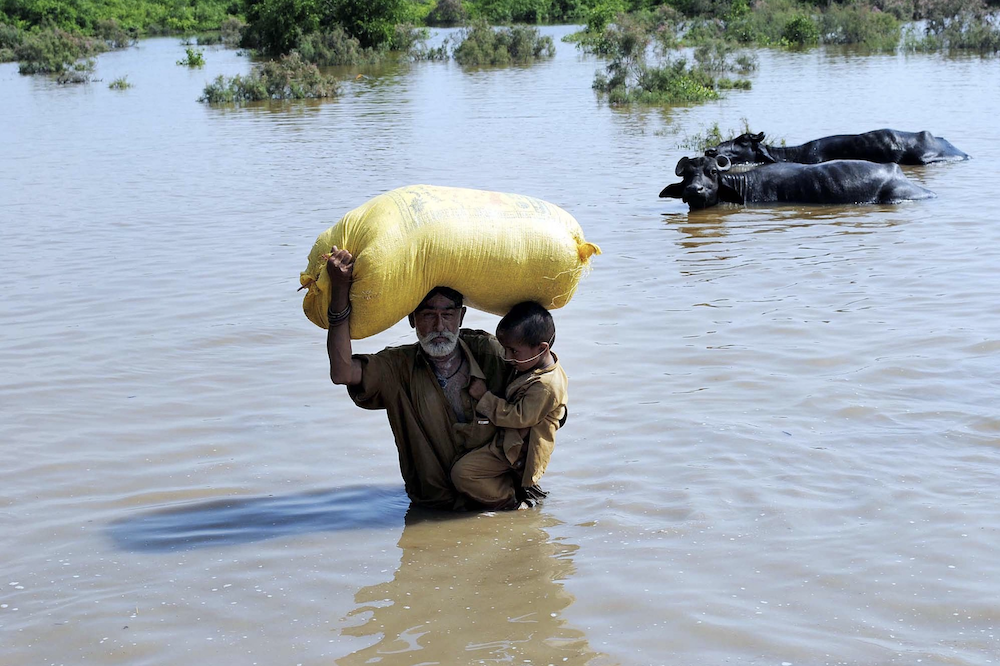The Invisible Barriers of the Green Climate Fund (GCF)
Access to the Green Climate Fund (GCF), the single largest source of global climate finance to developing countries for climate adaptation and mitigation, is obstructed by the complexity and the technicality of its climate funding application process.
The first step – nominating a “national designated authority” to act as the interface between governments and GCF – is not too challenging. 51 out of 54 African nations have a national designated authority since GCF’s establishment in 2015.
The obstacle lies in getting institutions accredited with the GCF, a prerequisite for public institutions, private companies, and civil society organizations to directly apply and access the GCF for climate financing. The intention is to have diverse local stakeholders’ involvement to ensure GCF-funded projects match local needs and are aligned with the national climate plan.
Many developing countries, however, are unable to jump through “hoops” to complete the 67-page accreditation form. Common bottlenecks include absence of traditional standards, such as fiduciary compliance, anti-money laundering structures, environmental, social and gender policies, and compliance mechanisms.
The extreme delays in accreditation procedure have become demoralising and deterred many countries from working with the GCF. The process designed to take 6 months has on average taken 728 days with even longer lead times for African nations. The African Development Bank waited for more than 2 years to secure fast-track accreditation – a process that should have taken 3 months – and over 4 years for the Accreditation Master Agreement to be effective. The South African National Biodiversity Institute waited for over 4 years. In Tunisia, 10 entities applied for accreditation 6 years ago; none have been approved, and only 2 are still in process.
As of this year, only 13 African countries have accredited entities to access the GCF funding.
Those who do not have direct access could still receive GCF funding through international intermediaries, such as regional development banks, the World Bank, and UN agencies. Even then, just 18% of GCF financing went to projects in the world’s poorest countries, while the bulk of climate financing went to middle-income countries in 2019. Without direct access to the funds, capacity building in the local context is non-existent.
Restructuring and Rebuilding to Pave the Path for the Future
The magnitude and scale of global climate finance’s inaccessibility is obvious. Ultimately, there needs to be a restructuring of current climate finance structures, so that global resources are able to reach the most vulnerable places.
First and foremost, climate adaptation financing should not be perceived as humanitarian aid to save low-income countries, which is an unhelpful ideological categorisation. It is, in principle, a moral imperative given the unequal contributions of Western economies to climate change. Climate action should not be a tool to reassert the colonial power dynamics which overtly or inadvertently dominate less powerful countries.
Secondly, all parties need to be held accountable for their financial commitments toward adaptation. Enough time has been lost in executing the $100 billion pledge to not be met year after year. The 2022 agreement on tackling ‘loss and damage’ – already long overdue – must be confirmed at this year’s COP28 with the best interests of the targeted countries in mind.
Most importantly, the structural barriers that excludes the most vulnerable countries from access to climate funding should be addressed urgently. The irony to the global climate financing structure is that the most vulnerable countries are excluded from accessing the funds intended to reduce climate vulnerabilities, simply because they are too vulnerable. The international community needs to create a supportive framework to set up the infrastructures needed and to incentivize long-term climate action investments in low-income countries. Only with impactful and accessible climate financing can climate resilience be achieved.



























